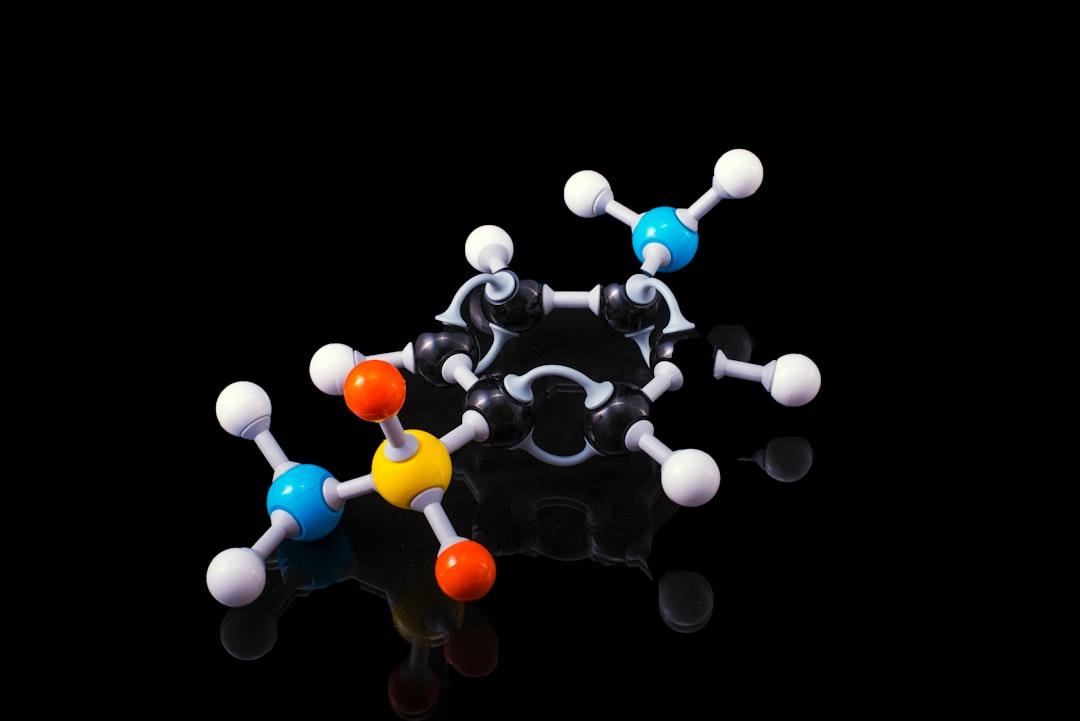What is it about?
Thrombolysis with 0.9mg/kg tissue plasminogen activator (tPA) for ischemic stroke patients is a standard treatment. However, it associated with high hemorrhagic transformation rate. Thrombolysis with 0.6mg/kg had been proved had lower hemorrhagic transformation rate than than thrombolysis with 0.9mg/kg. tPA. However, in comparison to the patients receiving thrombolysis with 0.9mg/kg, the outcome of the patients thrombolysis with 0.6mg/kg can not be proved to superior or inferior to the patients receiving 0.9mg/kg patients. Our study show that the patients receiving thrm\ombolytic therapy, the hemorrhagic transformation rate incerease as tPA dose increase. The function outcome at 6 months after stroke is poorer in patients receiving 0.9mg/kg patients.
Featured Image
Why is it important?
The study showed that in patients receiving tPA thrombolysis, the hemorrhagic transformation rate increased as dose increased. In the present study, the early neurological improvement rate and neurological improvement rate increased as the dose increased from 0.6 to 0.8 mg/kg and declined at 0.9 mg/kg. The hemorrhagic transformation rate, early neurological deterioration, and neurological deterioration rates mildly increased at doses from 0.6 to 0.8 mg/kg and sharply increased at dose 0.9 mg/kg. These results suggest that 0.8 mg/kg is the optimal dose for Taiwanese patients.
Read the Original
This page is a summary of: Outcome of stroke patients receiving different doses of recombinant tissue plasminogen activator, Drug Design Development and Therapy, May 2017, Dove Medical Press,
DOI: 10.2147/dddt.s133759.
You can read the full text:
Contributors
The following have contributed to this page










